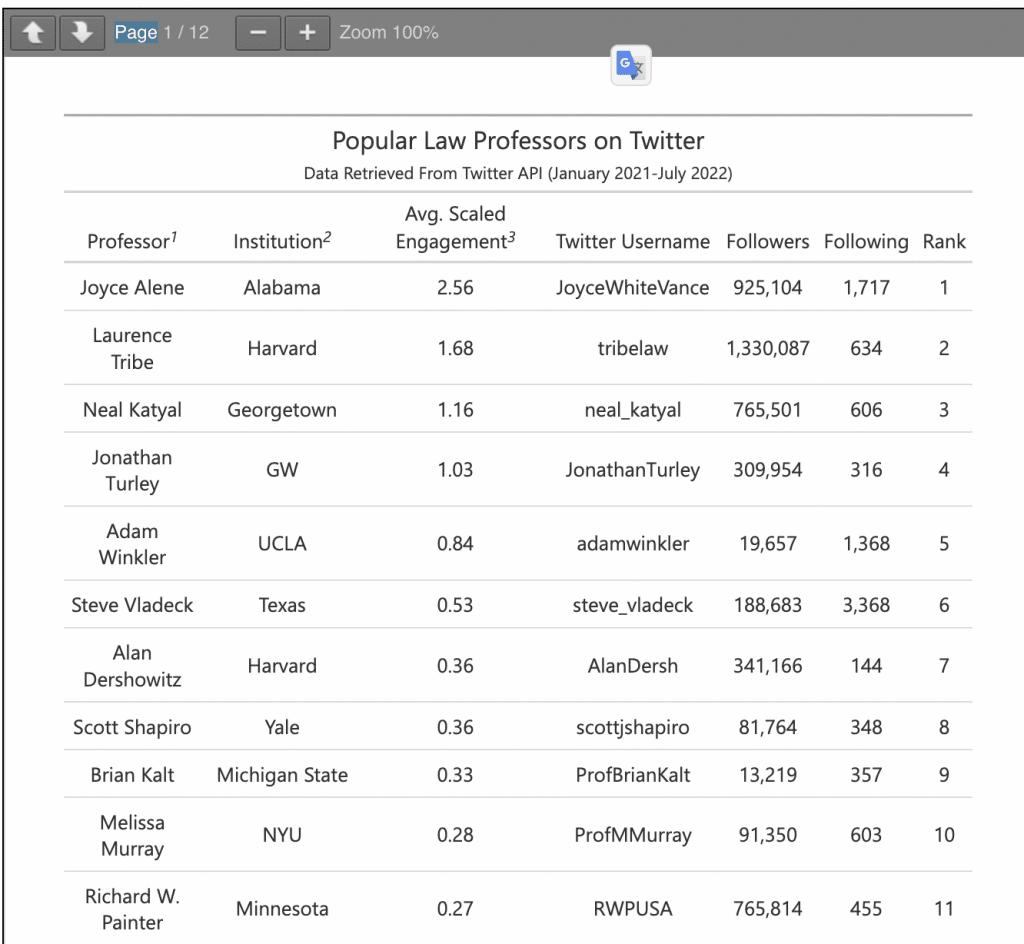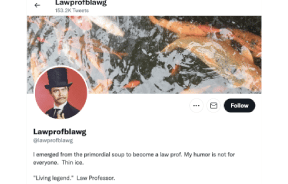ATL write
At their core, social media platforms like Twitter serve as environments for creating and disseminating ideas and information through virtual microblogging communities. Apart from certain widgets and other selling points that individualize the multitude of different apps, each provides a baseline set of functions – e.g., a terminal to post original content and interact with other users. Yet, while the Twitter name itself was born from the idea that users would be able to distribute “a short burst of inconsequential information,” it is evident that America’s academic community has grown to view these platforms as an extension of the classroom – and this is especially true for law professors. From commenting on their expert perspectives on the latest decisions from the Supreme Court to giving us hope that the Mets won’t blow another pennant run (looking at you, @steve_vladeck), law professors have fully immersed themselves in the Twitterverse.
Yet, this raises a question: Which professors instigate the most public engagement? In short, who has the most clout online? While only a select few frequently find themselves in the public spotlight to offer critiques and other opinions on nationally syndicated television and radio, I was interested in observing how law professors promote their personal brands online.A Credit Finance Opportunity Hot Enough To Compete With The Heat In Houston
I was able to retrieve data through the Twitter API v2 to provide insight into the social media presence of law professors across the United States. The Twitter API serves as a set of programmatic endpoints that allow users with granted developer permissions to access public metadata associated with accounts and their tweets. In essence, it serves as an intermediary tool to retrieve tweet and user-level data. I chose to observe the variation in user engagement among approximately 55,000 tweets posted between January 2021 and July 2022 from a sample of 191 prominent law professors across the United States. Through an analysis of their corresponding metadata, I provide a rank-ordering based on the average public engagement (i.e., the average volume of likes, retweets, quoted retweets, and replies) received by each professor, which was subsequently normalized to a common scale for ease of interpretation.
Click on image to see full doc and rest of the article





